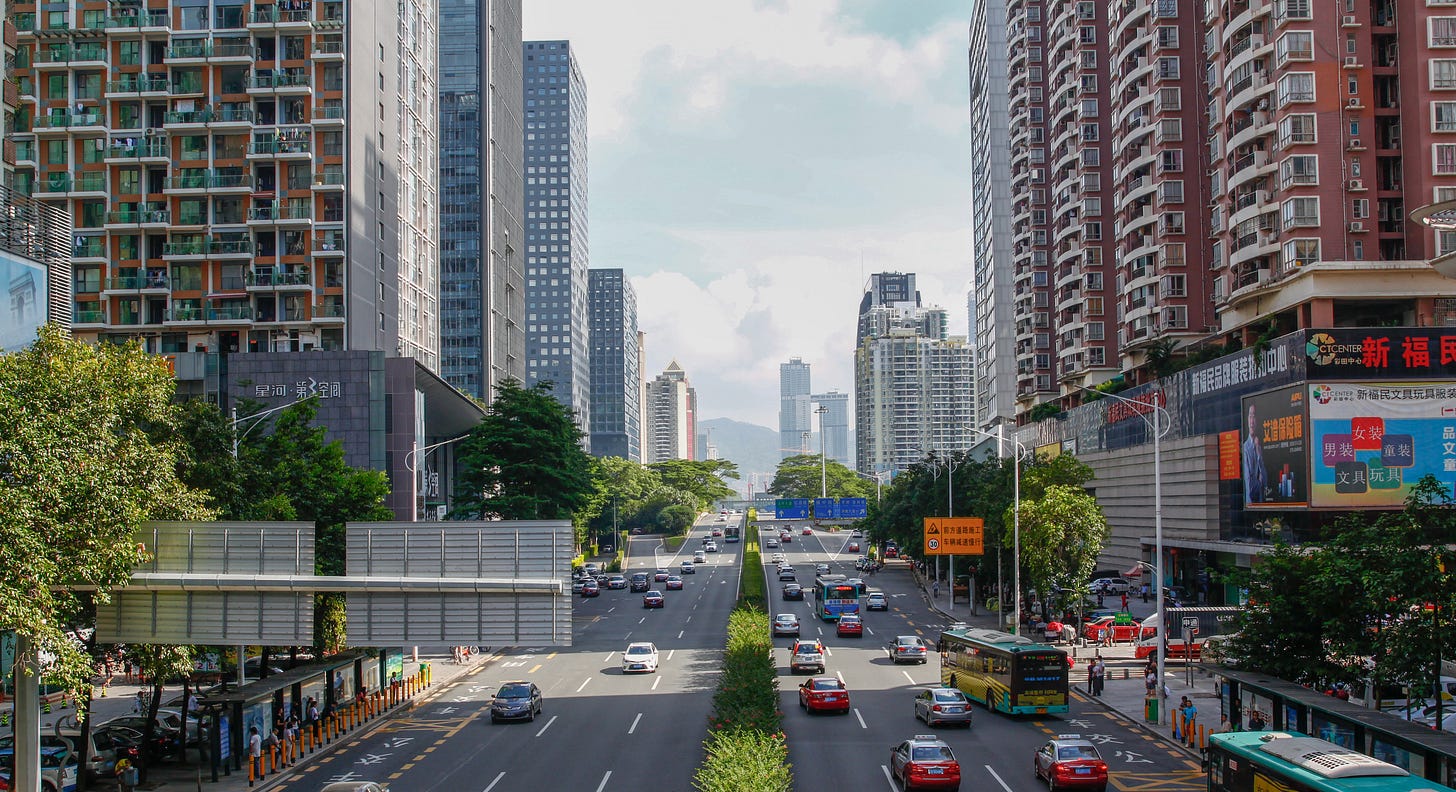Tier I Cities and Agglomeration Effects
Will the population of large cities in China ever fall?
Anything can happen, but I think chances are quite high that China's large Tier I cities will continue to grow and expand over the long-term, quite possibly to proportions the world has yet to have witnessed. In the modern era, cities are like gigantic stars whose massive gravitational force attracts migrants seeking economic opportunities, in the process becoming even larger with greater gravitational pull.
There is significant research out there to support this hypothesis. In particular, urban researcher Geoffrey West (a physicist by training) noticed how urban agglomerations could be described by a few elegant equations. Moreover, the growth of cities tended to follow the same mathematical “power laws” that govern biological design (emphasis mine):
The correspondence was obvious to West: he saw the metropolis as a sprawling organism, similarly defined by its infrastructure. (The boulevard was like a blood vessel, the back alley a capillary.) This implied that the real purpose of cities, and the reason cities keep on growing, is their ability to create massive economies of scale, just as big animals do. After analyzing the first sets of city data — the physicists began with infrastructure and consumption statistics — they concluded that cities looked a lot like elephants. In city after city, the indicators of urban “metabolism,” like the number of gas stations or the total surface area of roads, showed that when a city doubles in size, it requires an increase in resources of only 85 percent.
And more importantly than infrastructure, West found that it was economies of scale in the interaction of people in cities that drove the productivity and economic growth that ultimately attracted even more people (emphasis mine):
According to the data, whenever a city doubles in size, every measure of economic activity, from construction spending to the amount of bank deposits, increases by approximately 15 percent per capita. It doesn’t matter how big the city is; the law remains the same. “This remarkable equation is why people move to the big city,” West says. “Because you can take the same person, and if you just move them to a city that’s twice as big, then all of a sudden they’ll do 15 percent more of everything that we can measure.”
We can see these power laws at work in China as it has climbed the economic ladder over the last thirty years. China's biggest cities — Beijing, Shanghai and Shenzhen — have grown much faster than the rest of the country. As they have grown, the per capita incomes of their residents have also risen faster than the average. If anything, in recent years, the trends have accelerated and all of this fits West's theories.
Despite the restrictions of the hukou system, migrant workers continue to be drawn to the economic opportunities afforded by these Tier I cities. Educated technology workers from all over the country are drawn to their startup scenes. The vast majority of foreign expatriates and Chinese returnees head for China's large cities. These all contribute to a virtuous cycle that makes these cities even more attractive to future migrants.
Today, the world’s largest urban agglomeration is Greater Tokyo whose 38 million residents account for almost a third of Japan’s total population. Despite Japan’s declining population, Greater Tokyo has continued to grow, leading to the hollowing out of villages in the countryside.
What I expect to see sometime over the next decade or two is the rise of urban agglomerations in China that dwarf anything we have ever seen before. After all, this is China where everything is just bigger. In fact, I would not be surprised if we see the rise of three megalopolises in China (and maybe a fourth), each with well over 100 million people:
Jing-jin-ji: Beijing-Tianjin-Hebei
The Pearl River Delta: Guangzhou-Shenzhen-Hong Kong-Zhuhai-Macau
The Yangtze River Delta: Shanghai-Hangzhou-Suzhou
While that may seem large, even if you combine all of them together, they still would account for less than a third of China’s overall population.

Related
When will Shanghai overtake Hong Kong to be China's biggest financial center?
Which city has the highest potential to become China's fifth tier-one city?
This was originally published on Quora in March 2016.
